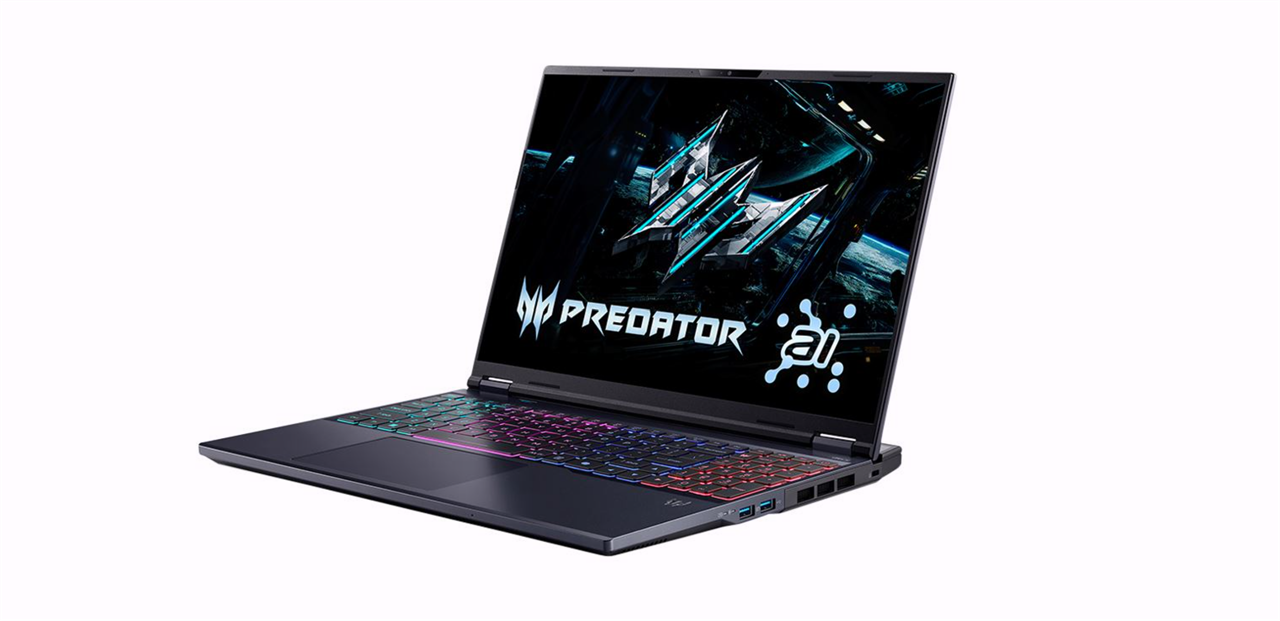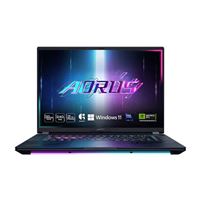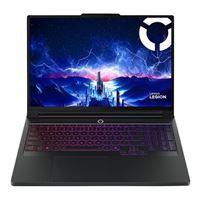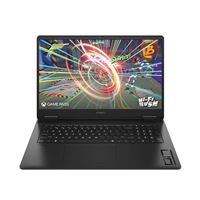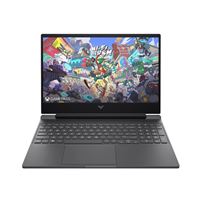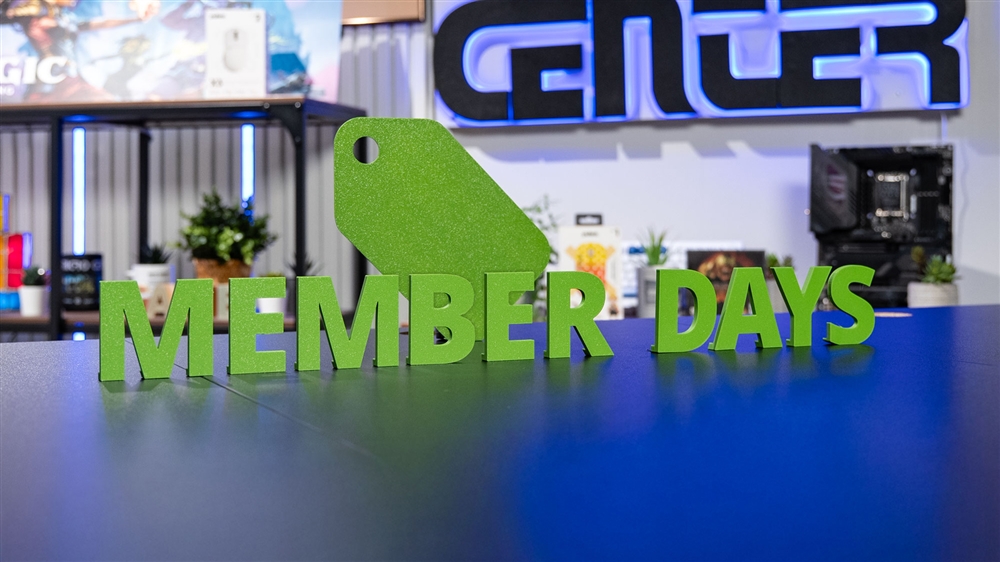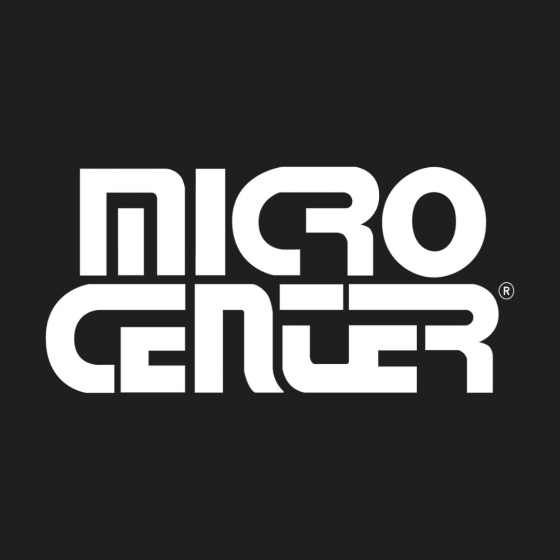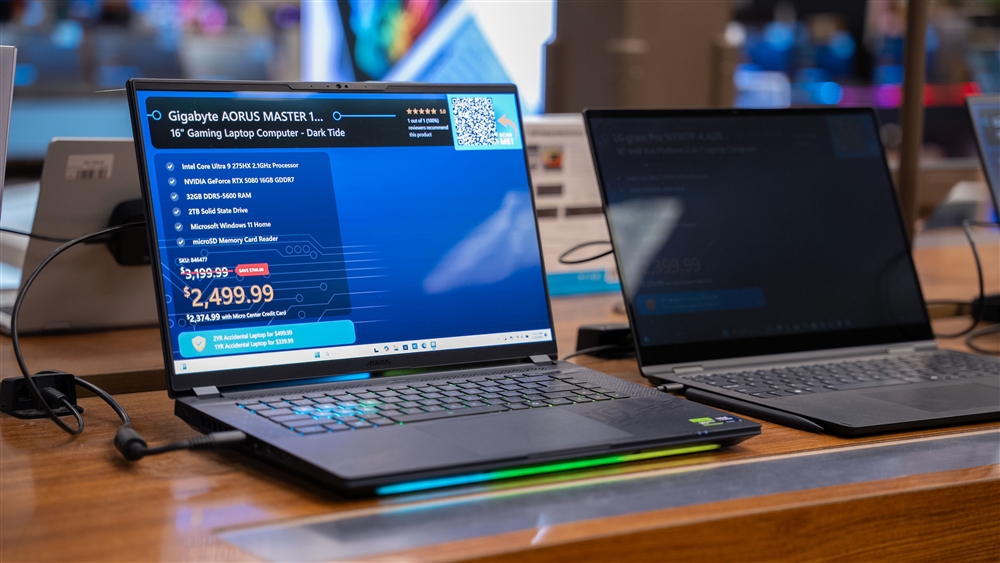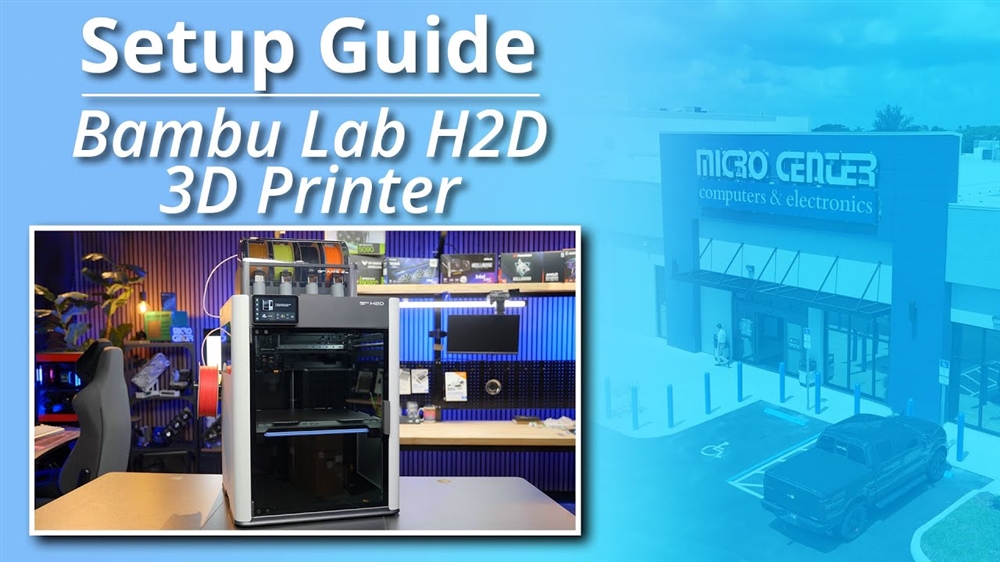The NVIDIA 50 Series Laptop Summer Buying Guide
Beat the heat - stay inside and game on these high-powered laptops instead.Buying Guides
If you’re looking to buy a gaming laptop as Back-to-School season ramps up, you’re almost certain to buy a laptop with NVIDIA’s RTX 50-series GPU, as AMD’s Radeon GPUs, though competitive in desktops, remain mostly absent from mobile hardware.
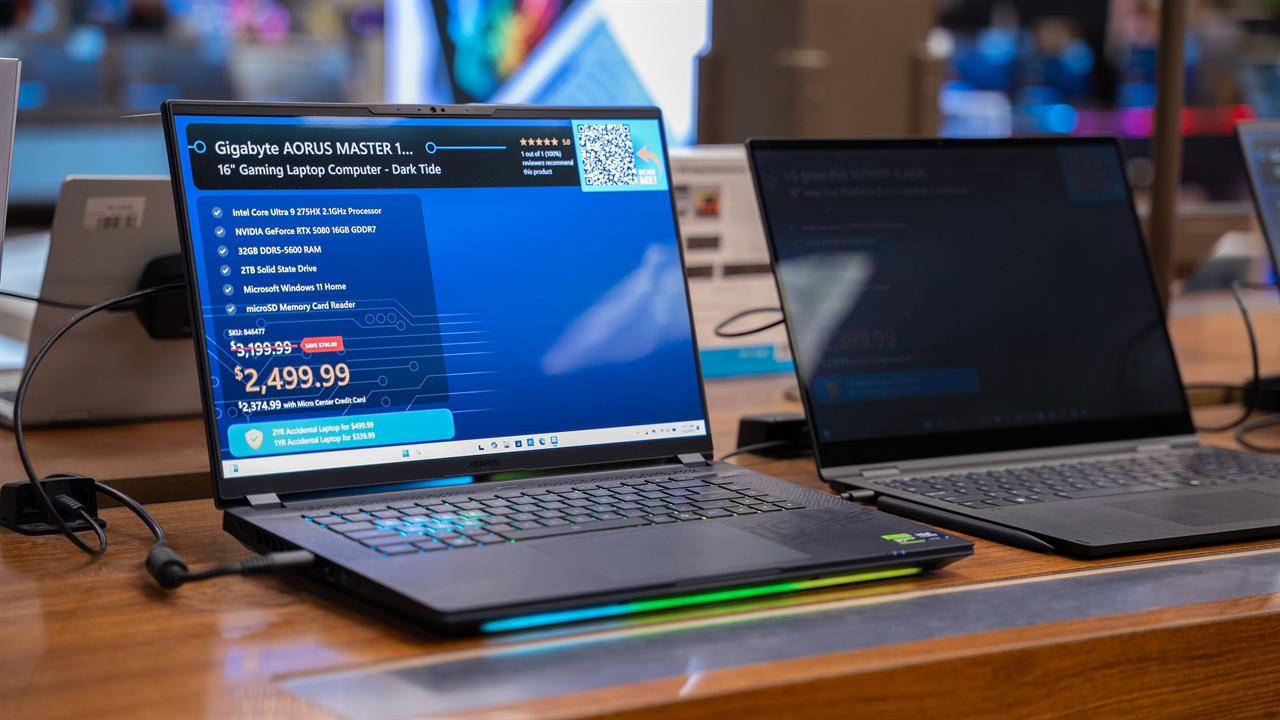
Still, you have some choices to make. NVIDIA’s RTX 50-series lineup is available in a variety of tiers with distinctly different performance. Laptops gamers will also need to weigh the new RTX 50-series against remaining RTX 40-series laptops, which come with a caveat as they offer much less power but can be a bit more budget friendly.
A new generation with important new features
While the 50 Series launched earlier this year, their mobile counterparts took a little bit longer to arrive. Now they’re here, and it’s good news for laptop shoppers as new features launched alongside the RTX 50-series can boost framerates on any supported hardware. Other new features include:
- DLSS 4 Frame Generation can generate up to 3 frames for every native frame. It doesn’t quite quadruple framerate, but in optimal situations, it can come close.
- The RTX 50-series has improved ray-tracing performance, which leads to better native framerates in games with raytraced graphics. Basic RT effects are often viable even on entry-level NVIDIA GPUs.
- RTX 50-series supports a suite of neural rendering features, like neural materials, which uses AI to compress texture and material data. They’re not yet widely supported in PC games, though.
- The new RTX 50-series features all fit a theme: using AI and RT cores to make the most of available performance. They’re important for any GPU, but particularly useful for laptop GPUs, which face tight power and thermal constraints on GPU performance.
The RTX 50-series laptop GPU lineup
NVIDIA’s RTX 50-series mobile GPU lineup is now fully launched, with a GPU available across the entire range from budget, entry-level gaming laptops to high-end premium machines. The available options include:
- RTX 5090 Mobile - 10,496 CUDA cores, 24GB GDDR7, 95W-150W TGP
- RTX 5080 Mobile - 7,680 CUDA cores, 16GB GDDR7, 80W-150W TGP
- RTX 5070 Ti Mobile - 5,888 CUDA cores, 12GB GDDR7, 60W-115W TGP
- RTX 5070 Mobile - 4,608 CUDA cores, 8GB GDDR7, 50W-100W TGP
- RTX 5060 Mobile - 3,328 CUDA cores, 8GB GDDR7, 45W-100W TGP
- RTX 5050 Mobile - 2,560 CUDA cores, 8GB GDDR6, 50W-100W TGP
The lineup might look simple at first glance. There’s a clear, linear increase in CUDA cores with each GPU, alongside an increase in memory and thermal graphics power. However…
Which RTX 50-series laptop GPU should you buy?
Take a closer look, though, and a clear gap emerges between the entry-level models and the “serious” gaming GPUs.
The RTX 5050, RTX 5060, and RTX 5070 mobile GPUs have 8GB of video memory. That’s not a lot and many cutting-edge games, like Hogwarts Legacy, use more than 8GB of video memory at 1080p if DLSS and raytracing are enabled.
That’s not to say the RTX 5050, 5060, and 5070 mobile are a bad choice. Hogwarts Legacy can overwhelm them at 1080p and maximum detail, but all three can handle the game if you stick to 1080p at high or medium detail.
While notching the detail down can feel disappointing, the visual impact is often less than you’d think, particularly if you play games on the laptop’s display (as smaller displays obscure fine detail, like those you’d see in higher-resolution textures).
If you have room in your budget, though, you’ll find it goes far. RTX 5070 Ti laptops start at $1,599. RTX 5080 laptops start at $2,199. While neither are what I would call “budget-conscoious”, they’re arguably better value-for-money than laptops with entry-level GPUs.
My quick-and-easy recommendation? Stretch for the RTX 5070 Ti if you plan to keep your laptop for about three years, and the RTX 5080 if you plan to keep it for longer than that.
What about the RTX 5090? It’s certainly fast, and has tons of video memory, but I don’t recommend it if gaming is the only reason you need a fast mobile GPU. Though it has the most CUDA cores and the most memory, it has the same maximum graphics power as the RTX 5080. However, the RTX 5090 is an undeniable AI powerhouse.
What about AI models, like large language models and diffusion models?
You might’ve heard NVIDIA is big into AI. Outside of NVIDIA’s own AI features, however, that doesn’t translate to great AI performance on most RTX 50-series mobile GPUs.
The main issue is memory or, rather, the lack of it. AI models tend to need more memory than included on 50 Series cards. As a result, most RTX 50-series mobile GPUs aren’t a recommended choice for large language models, diffusion models, and other heavy-duty AI tasks, though you may be able to operate smaller AI programs.
NVIDIA’s RTX 5090 mobile is the exception. It has 24GB of memory, which is enough to handle many small to mid-sized open-weights large language models, like variants of Meta’s Llama 3 and Google’s Gemma 3, among many others.
To be clear, an RTX 5090 won’t accelerate most AI apps and features. The AI assistants in most apps tap into online models, so they don’t benefit from a quicker GPU. Even the AI features built into Windows aren’t currently accelerated by NVIDIA GPUs.
However, you can use an RTX 5090 laptop to fine-tune smaller AI models for use in an app you’re developing, or for your own personal use. The RTX 5090 can also handle smaller image generation models which, again, can be fine-tuned for your own needs. That might be handy (or even essential) if you generate a lot of images, as online AI image generators are pricey.
What about the RTX 40-series?
As I mentioned earlier, laptops with NVIDIA’s RTX 40-series are still available, and many are sold at a discount compared to RTX 50-series alternatives. But I recommend avoiding them in most cases.
Why? DLSS 4 with 3x Frame Gen is just too good to pass up. It can double or triple the framerate you see in games that support it (which is admittedly limited right now, but will grow over time).
The RTX 50-series also has better native rendering performance in raytraced titles. Combined, these features give the RTX 50-series mobile GPUs a serious advantage over the RTX 40-series in cutting-edge games with RT effects.
My one exception is the RTX 4050 mobile. It’s a very limited GPU with just 6GB of video memory, but laptops with the RTX 4050 start around $600. That makes it a good pick if you need a laptop with better gaming performance than an integrated GPU but have a tight budget.



